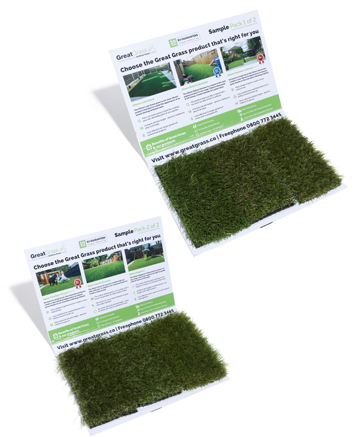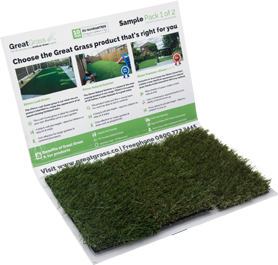Commercial artificial grass’s unique combination of versatility, affordability, durability and low maintenance has contributed to make it a highly sought-after alternative to natural grass, and the material is slowly but surely dethroning its ‘real’ counterpart as the preferred covering for sports pitches and lawns worldwide.
Yet, while remarkably sturdy, especially when compared to other popular synthetic coverings, commercial artificial grass is still vulnerable to damage or simply gradual wear and tear. Fortunately, as the lines below will demonstrate, it is relatively easy to both maintain and repair this material, and the possibility of something happening should not put potential buyers off giving turf a try.
Replace and Relax
Most of the damage to commercial artificial grass will come from use. If the turf is subject to heavy traffic, it is possible that holes, tears or rips may occur, both damaging the aesthetic look of the carpet and potentially becoming hazards in their own right.
Fortunately, this situation is easily fixed by simply replacing the affected area with a new cut of grass. This may, initially, create a discrepancy in the overall look of the carpet, as the new piece will look different from the more worn grass, but this effect will fade over time, until the new segment is indistinguishable from the rest. It is for this purpose that many sellers, including GreatGrass, recommend keeping any leftover cuts remaining after installing a commercial artificial grass carpet.
Users wishing to avoid the need for this kind of operation altogether are advised to carry out some proactive maintenance measures on their turf. These include regular brush-downs to remove debris, and potentially chemical treatments to prevent contamination and redistribute the infill so the surface stays even.
This relatively straightforward maintenance process is just another argument in favour of commercial artificial grass as the ideal cover for sports pitches, lawns and play areas.


